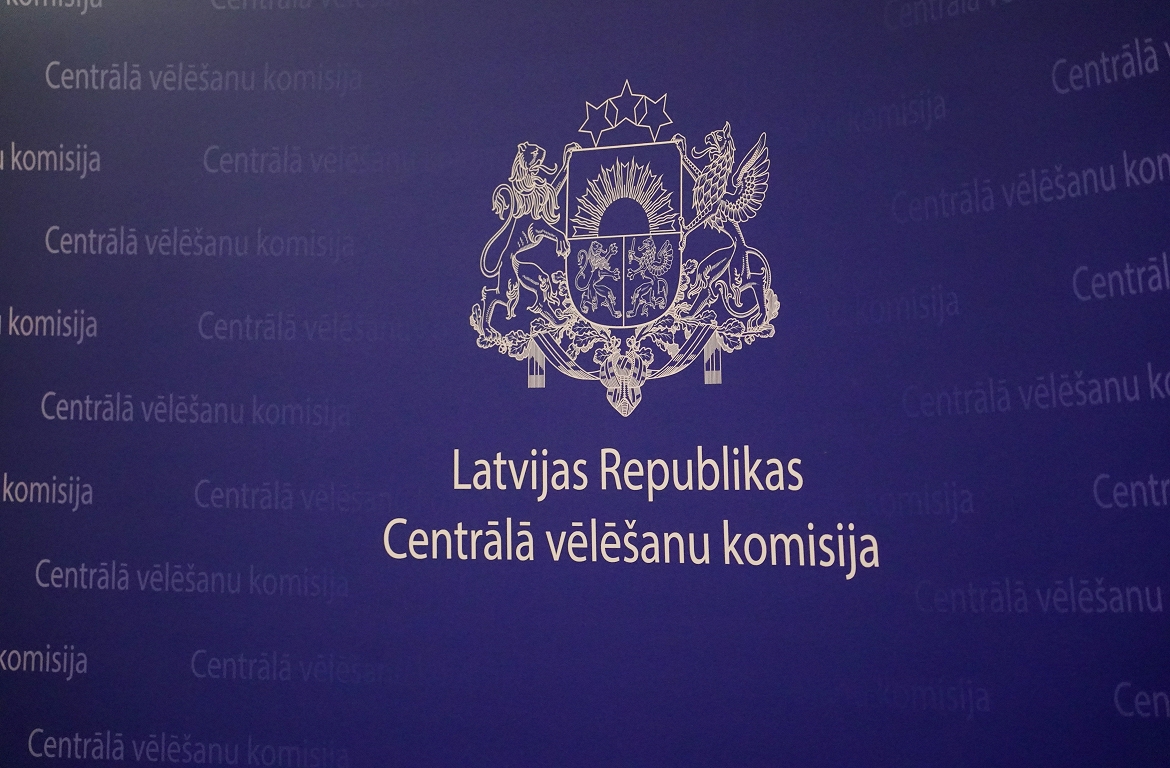The risk of stagflation

Since US President Donald Trump He re -fill the world’s financial news, analysts and financial strategists find themselves in a dead end. Trump’s election victory was accepted with such enthusiasm that there was no doubt about him earlier this year. Today, when we learn about some of Trump’s idea of this or that economic sanction almost every day, analysts can change their views of capital markets every day.
Consequences in the markets
Therefore, there is certainly no lack of uncertainty, and this is also reflected in the bond markets, which, like the stock markets, shows, compared to the beginning of the year, a noticeable twist of investors’ views on the US and European economy. While in the US with the introductions of import customs, projections on economic growth have deteriorated, on the other hand, with the introduction of historical fiscal incentives in Germany and the plan of defense investments throughout the EU, long -term forecasts were improved primarily for Germany. As a result, the EU was increased to the profitability of long -term bonds, which raised the profitability curve in all European bond markets and drove long -term European bonds to a negative return. On the other hand, in the US bond markets, in the face of increasingly likely slipping of the US gross social product, interest expectations have been reduced and bond values have risen. Despite this Divergence between the US and Europe, which we have not been witnessing for a long time, we can still conclude that the bonds were made for a relative good shelter after Trump’s entry into the White House. Thinking, it was actually difficult to find a hero on Wall Sreet at the beginning of the year, who would prefer to cling to bonds than shares.
Aleš Čačovič, Triglav Funds Photo Jernej Lasic Delo
It must be admitted, however, that such a scenario of the customs war was not quite imagined. And yet, the statistics spoke in favor of US bonds before Trump was elected. US bonds historically bring above average annual growth in the first two years after the first reduction of Fed’s interest rate, which lasted last September. Analysts and economists are now the only ones that these sanctions will reduce economic activity in many places, and much less are the only ones about the question of what inflation will eventually extract from this customs vortex. It is easiest to conclude, of course, that this kind of action works in the direction of stagflation. There has been a lot of talk about stagflation and guesses since Covid times, but we have not yet experienced it, at least not as it was in the 70s.
Trump wants low interest rates
The fact that Trump wants low interest rates is no longer a secret. Namely, recently, after the last meeting of the US Central Bank (Fed), where they left the basic interest rate unchanged, Trump has already expected in his typical style with the comment that the Fed should urgently reduce the interest rate. And Feda probably did not surprise this statement, as they have heard a lot in his past term. Trump should be at least a little pleased with the reduction of a long -term interest rate, which, according to his finance minister, is one of his many goals.







:format(webp)/s3/static.nrc.nl/wp-content/uploads/2025/05/29185945/web-2905BUI_Blatten.jpg)
